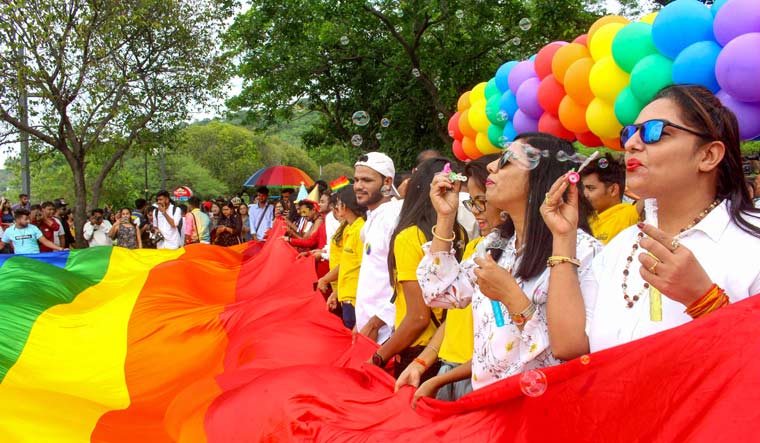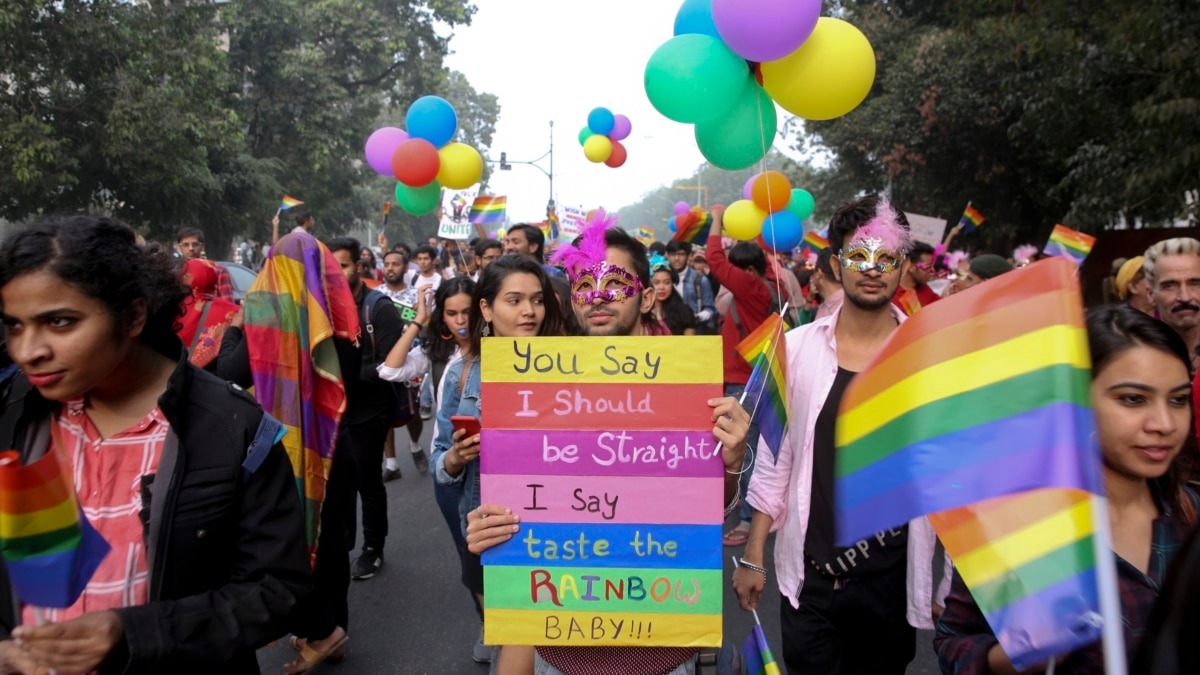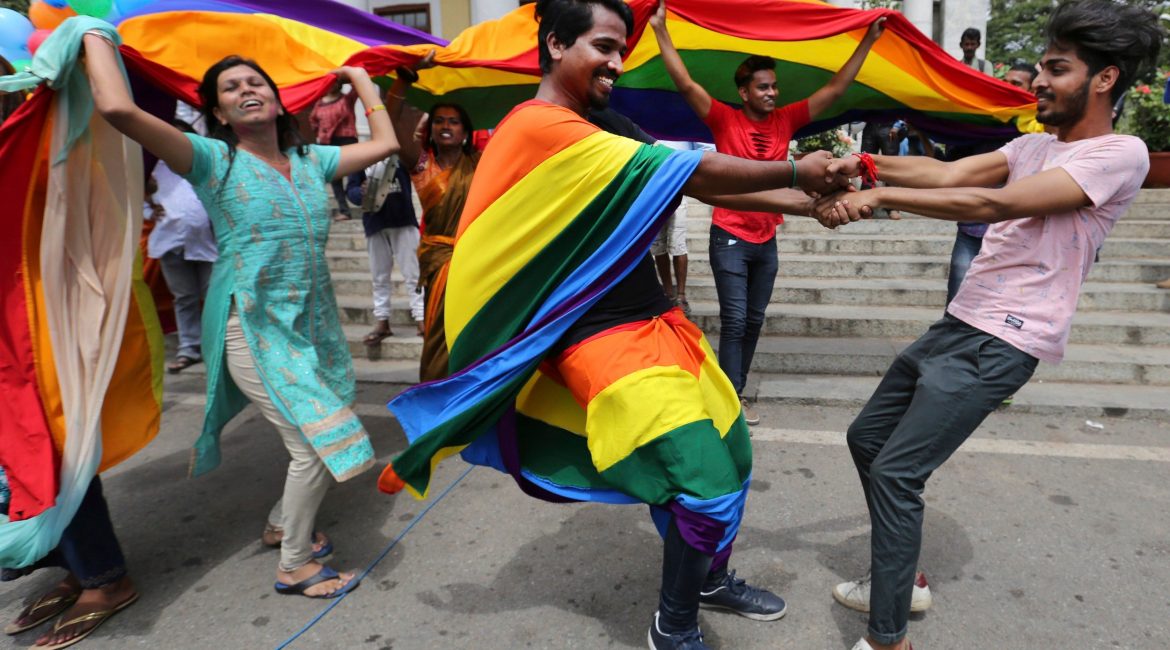India, with its rich culture, history and diversity, is an amazing combination of tradition and modernity. However, within this colorful mosaic there are also serious social and legal challenges facing LGBT+ (lesbian, gay, bisexual, transgender and other) people. In the context of India’s rich cultural heritage and traditional values, LGBT+ rights face complex challenges and obstacles.
LGBT+ issues in India: challenges and prospects
In India, the LGBT+ community faces various challenges. Until 2018, homosexual acts were illegal in India under Section 377 of the Indian Penal Code. This created an atmosphere of fear and persecution for LGBT+ people. These people in this country often face social exclusion, stigma and discrimination. They may face challenges in family, education, employment, and access to healthcare because of their sexual orientation or gender identity.
LGBT+ people are subject to threats, attacks and violence because of their sexual orientation or gender identity. This may include physical assault, sexual assault, psychological abuse, etc. Even after the repeal of Section 377, the LGBT+ community still remains vulnerable due to the lack of full legislative protection and the absence of laws that explicitly protect their rights.Sexual minorities may face difficulties in accessing quality healthcare and support for psychological or emotional problems.
All these issues highlight the need for efforts to combat discrimination, protect the rights and ensure the safety of the LGBT+ community in India.

Indian Supreme Court Refusal: LGBT+ Marriages Remain Banned
The number of LGBTQ+ couples in India is estimated to be over 135 million, according to estimates by LGBT+ rights advocates around the world. The Supreme Court of India rejected the request to legalize same-sex marriage on October 17, 2023, citing that it was not within their jurisdiction. This was reported by AP News.
The parliament received this decision for further deliberation. Journalists reported that LGBTQ+ rights activists expressed dismay regarding the verdict. Last year, a panel of five judges examined 21 petitions aiming to legalize same-sex marriage, hoping the Supreme Court could challenge the government’s stance. Chief Justice Chandrachud acknowledged both dissent and consensus among the judges regarding the extent of progress on same-sex marriage, labeling such unions as unconventional. “This court’s authority lies in interpretation and enforcement, not legislation,” Chandrachud emphasized. Mario da Pena, one of the petition’s initiators, emphasized the considerable effort invested in these petitions, along with “the many aspirations and aspirations of the LGBTQ+ community.” He lamented, “The failure to realize this aspiration today is disappointing for all of us.” It is notable that in the past decade, legal protections for LGBTQ+ individuals in India have expanded, largely attributable to Supreme Court interventions. In 2018, the apex court invalidated a law criminalizing gay sex, broadening the constitutional rights of the gay community.
The ruling was hailed as a historic victory for LGBTQ+ entitlements. Gay rights advocates globally approximate that LGBTQ+ couples constitute no less than 10% of India’s population, which is more than 135 million people.

Homophobia in India: Reality and Trends of LGBT Rights
Despite strong political efforts to support LGBT rights, homophobia is still widespread in Indian society, with approximately one in four people in India having negative views of same-sex relationships, according to an opinion poll. However, during the 2010s, the LGBT community has achieved greater acceptance and tolerance, especially in large cities.
The global survey “LGBT+Pride 2021” was conducted by the international research firm Ipsos from April 23 to May 7, 2021. As per the findings, 2% of India’s online populace identifies themselves as transgender, non-binary, non-conforming, or gender fluid. Regarding sexual orientation, 3% of participants identified as homosexual (encompassing gays and lesbians), 9% as bisexual, 1% as pansexual, and 2% as asexual. In total, 17% of respondents acknowledged having a non-heterosexual orientation (excluding responses of “don’t know” and “prefer not to answer”).

